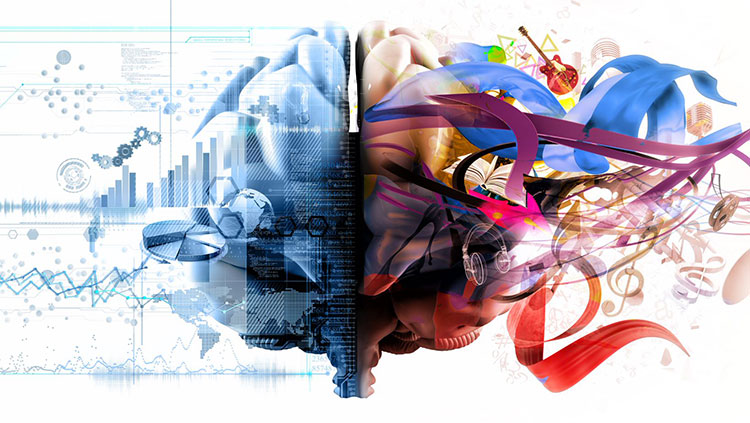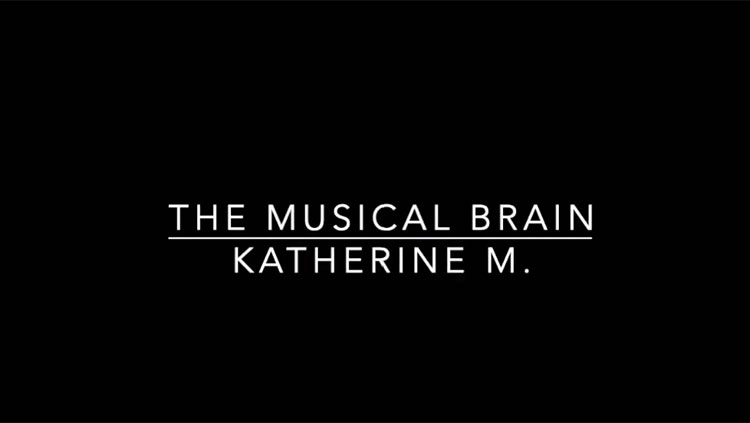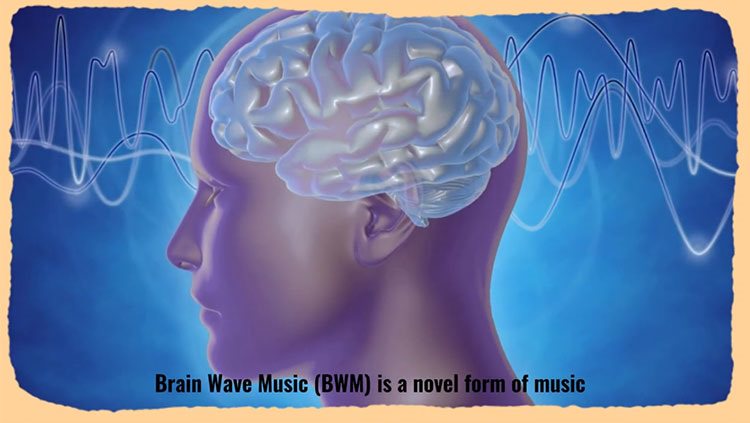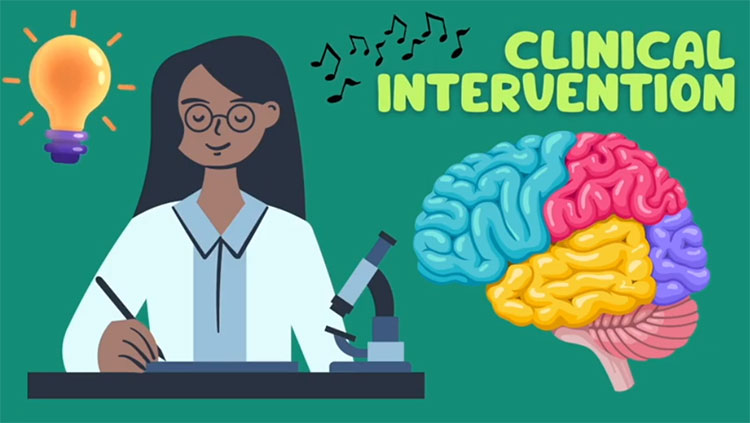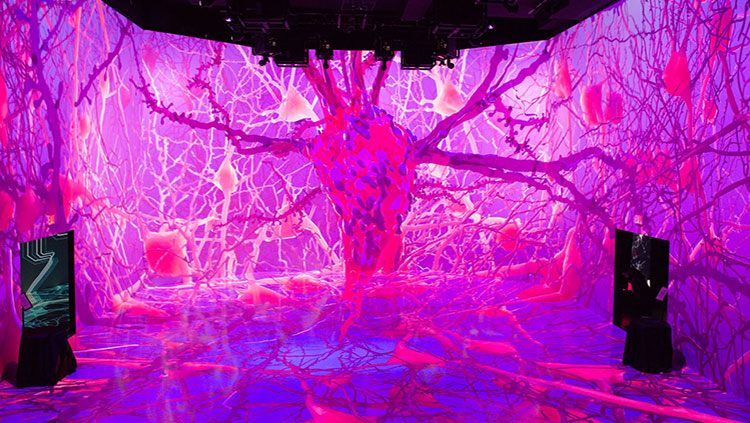Neuroscientists are learning how our brains process poetry and how poetry can change the way we learn about neuroscience. This spoken word poem explores the ways neuroscience and poetry are connected, a story spanning 150 years.
This is a video from the 2021 Brain Awareness Video Contest.
Created by Ezrie Samuel
CONTENT PROVIDED BY
BrainFacts/SfN
Transcript
The Preface.
Since our dawn, we have gradually found our sounds, voices, words. Whether about love, loss, or deceit, poetry has emerged as a form of communication. And in 1902, the unexpected thing happened: a neuroscientist wrote a preface to a poetry book. This was Santiago Ramón y Cajal for his friend Marcos Zapato.
Part One. Our connection to art facilitates neuroscience.
I could also tell the story of the artist and the doctor. Santiago and Pedro Ramón y Cajal were brothers. You may recognize their art. I mean, trees. Sorry — neurons. He and Pedro stained brain tissue to life, a technique officially known as histology. The Cajals have long since given us guidance as to what the brain looks like. We've taken it upon ourselves to understand why.
But when he wrote his preface Santiago wasn't concerned with the why. In his essay he discusses the creation of art as feeling intuitive. And I think we would agree; but being a hard science, we are placed under restrictions. And often times we are drawn far adrift from our intuition. So what happens when we take away traditional formats?
In 2013, Pollack and Korol did this. They restricted their students to poetry and asked them to produce haikus about neurodegenerative diseases.
Their findings: learning became more interactive; communicative; students not only understood more themselves, but were able to share that understanding. Because it’s clear: science and art happen when they're shared.
Part Two. Why we feel connected.
Why are we able to be connected to poetry? What allows us to be?
Aside: Brain images. To ground this story, we'll look to dopamine in our brains. For poetry the particular area highlighted is the ventral striatum.
Within it is the nucleus accumbens. Nucleus: meaning an area containing many neurons that functions here as part of our reward circuitry. The ventral striatum has been shown to be involved in visually, auditory and now poetically evoked emotion.
But reading poetry is an inherently different experience to looking at a cute baby or a Frida Kahlo. Due to there being a time course and grammatical cues, there is anticipation of the end of a line, which is usually emotionally salient.
In 2017, Wassiliwizky and colleagues, specifically found that the nucleus accumbens was active in anticipation of the chill a person gets when moved by poetry.
Peak emotion is measured using these chills or goosebumps. And a participant was known to be moved by the poem, if whilst reading their reward centers were active, and they also had negative facial expressions. Notably, a furrowed brow.
This negative processing may be taking place in a neighboring structure: the insula. Historically new to us, it looks like the outer surface of your brain, but is hidden within a major fold. And the role of the insula in poetry is up for debate.
It appears to be active during chills, and the middle insula may be linked to processing this aversive stimuli. The timings of the chills indicate that we react before our brain has processed the meaning. So the emotion we’re experiencing has two folds. (Potentially.) We have emotion rise up inside of us before we recognize it.
Part Three. Connection is not just the sum of its parts.
Dear Dopamine, you seem great, but I think you're over-selling yourself. Dopamine cannot, on its own, account for how poetry can make us vengeful, proud, can even put us to sleep. Enter: acetylcholine and serotonin.
They have roles in social responses, sleep, attention. Wide connections. They want you to remember: poetry is not isolated. Part of what the neuroscientists are doing in this field is understanding how artistic connection motivates us into further discovery and creation.
Santiago knew before we had the functional data to prove it. It’s not looking at the brain, or a tree, once and seeing what’s there. It’s looking again, and again, and again. Discovery is less discovery and more illumination in the brain sciences. The connections are ready to be drawn.
Also In The Arts & The Brain
Trending
Popular articles on BrainFacts.org



